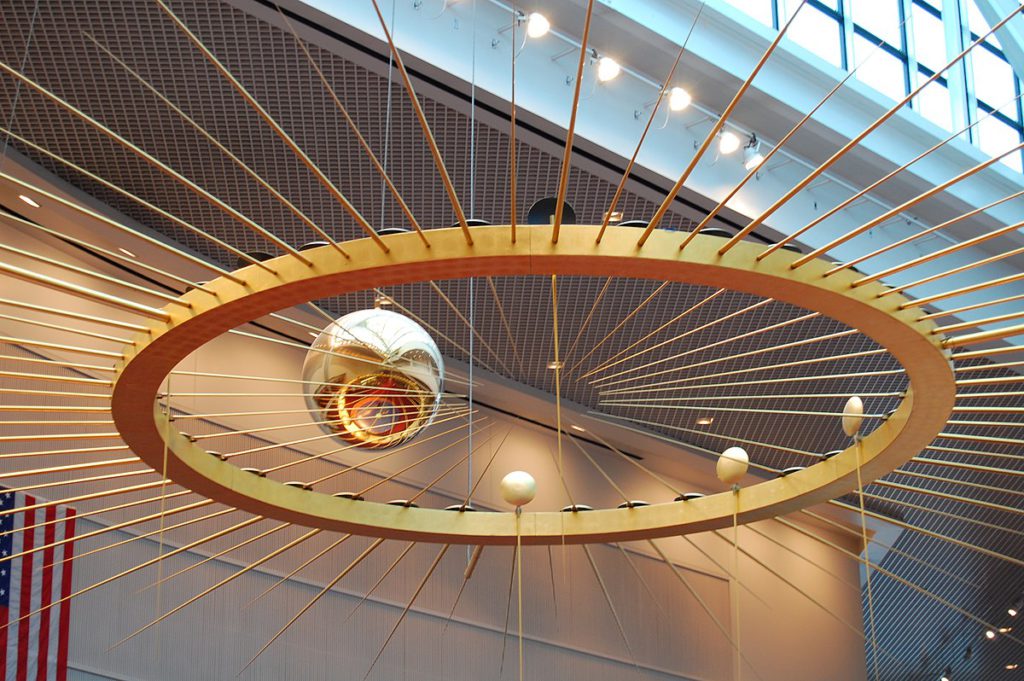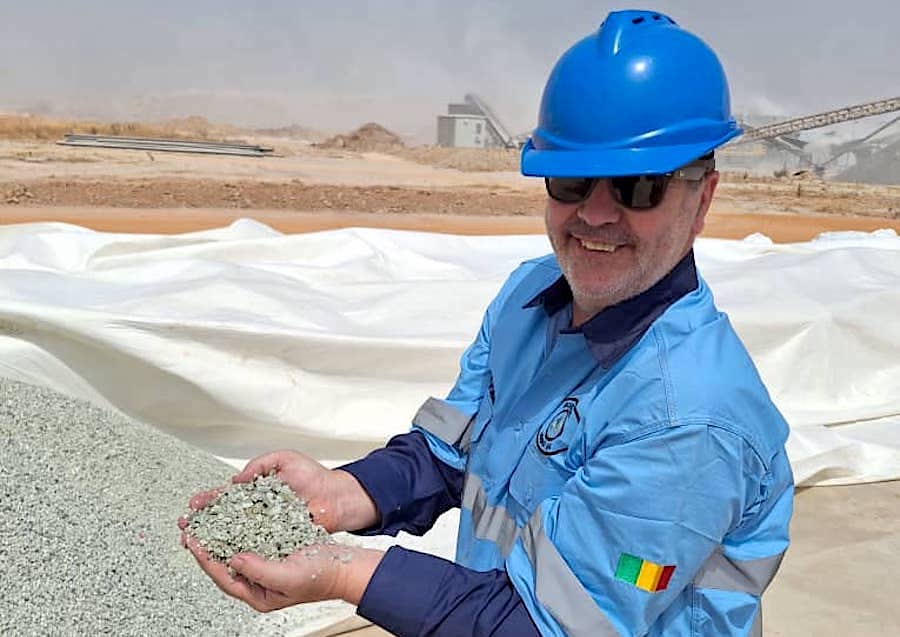Column: Global aluminum production pendulum swings back to China

(The opinions expressed here are those of the author, Andy Home, a columnist for Reuters.)
China produced a record 3.42 million tonnes of primary aluminium in May as the country’s smelters continue to ramp up run-rates.
The country’s annualised production has surged by 3.66 million tonnes over the first five months of the year culminating in last month’s highest ever operating rate of 40.27 million tonnes, according to the International Aluminium Institute (IAI).
Chinese smelters are resurgent thanks to an easing of the power crunch that constrained production for much of last year.
This year it is European smelters facing a power crisis as electricity prices soar in the wake of Russia’s invasion of Ukraine.
Europe’s energy woes have dragged down annualised production outside of China by 460,000 tonnes so far this year.
China’s share of global output was 58.91% in May, a ratio that has only been exceeded once before in June 2017, a historical marker that may be unreliable given the lack of consistent data five years ago.
Chinese ramp-up
This time last year it was Chinese operators that were struggling with energy supplies for their power-hungry smelters.
Drought in hydro-rich Yunnan province combined with an over-zealous application of energy efficiency targets caused national aluminium output to slide by over two million tonnes annualised in 2021.
Those targets have been loosened and China has boosted coal production to assuage last year’s rolling energy crisis.
Improved power pricing and strong aluminium prices have generated a predictable rebound in Chinese run-rates, which after last year’s pause are now once again edging up towards Beijing’s 45 million tonne per year capacity cap.
The turnaround in Chinese smelter fortunes is evident from the country’s trade in unwrought metal. Imports boomed in 2021 as domestic production failed to match first-use demand from product manufacturers. Inbound shipments of primary metal totalled a record 1.58 million tonnes.
This year, however, China has been exporting unwrought metal despite a hefty 15% duty on exports of aluminium in this form.
Much of what is leaving China is heading for Europe, which is now experiencing its own energy-driven aluminium meltdown.
European meltdown
European power prices were already heading north before Russia launched its “special military operation” in Ukraine.
The ensuing tightening of gas supplies to Europe has caused power prices to surge by 400% over the last year, which is a big problem for aluminium producers given power accounts for around 40% of their smelting costs.
The European Aluminium association claims that around 900,000 tonnes of annual capacity has been impacted in the form of curtailments or fluctuating operating rates.
Annualised production in Western Europe has fallen by around 500,000 tonnes over the last year, according to the IAI. May’s run-rate of 2.96 million tonnes was the lowest this century.
The energy crisis is primarily impacting smelters in Germany, France and the Netherlands with those in Norway and Iceland cushioned by access to hydro and geothermal power respectively. Capacity in both countries has been creeping higher over the last year or so, which is probably masking the full production loss elsewhere in the IAI’s Western European numbers.
Eastern European aluminium production is also sliding. Cumulative output slipped by 1.5% year-on-year over the first five months of the year, reflecting curtailments in Romania, Montenegro and the Slovak Republic.
The IAI’s latest monthly update shows no evidence of falling production at Russia’s Rusal despite sanctions disrupting the flow of raw material to the company’s Siberian smelters.
Indeed, it is possible that the ramp-up of the new Taishet plant is offsetting curtailments in the rest of Eastern Europe. In the absence of any recent detailed output figures from Rusal, it’s hard to know.
With no end in sight to the current power crunch more European production may be under threat over the coming months.
Analysts at UBS estimate that another 800,000 tonnes of European smelter capacity is at risk unless power prices fall, which right now seems unlikely. (“Aluminium: European gas back in focus”, June 21, 2022).
Power pendulum swings
The shifting fortunes of Chinese and European smelters come down to the same critical dependence on power.
Aluminium is not made by throwing bauxite into a blast furnace. Rather, the bauxite needs refining into alumina which is then transformed into metal by electrolysis.
Aluminium is in many ways electricity in solid form, which is why smelters are so sensitive to power pricing.
This is a problem for aluminium production everywhere with smelters competing with other industries for energy, particularly from renewable sources as they try and produce ever “greener” metal.
The exponential increase in European power pricing after the Ukrainian invasion poses an existential threat to many of the region’s operators.
The necessity to import a metal that is a key enabler of decarbonisation from a country where coal is still the primary power source for aluminium production is highly problematic for the European Union.
Not just in terms of carbon footprint but also within the context of the bloc’s commitment to what it terms “strategic autonomy” in its minerals supply chains.
There may be another big problem for the aluminium supply chain waiting in the wings.
China’s smelters are currently enjoying positive margins thanks to the combination of higher metal pricing and lower power costs resulting from the government’s row-back on coal usage targets.
But for how long?
Despite the dash for coal there are signs of accumulating stress in parts of China’s power system.
Power consumption has surged in Chinese provinces north of the Yangtze river due to warmer-than-normal weather, Henan setting a new maximum demand load record over the weekend.
The strain on the grid is only going to become more acute as China tentatively emerges from its coronavirus lockdowns and starts cranking up manufacturing activity again.
If it’s going to be a long, hot summer in China, power will be prioritised for cooling homes with big industrial users facing rationing.
Aluminium’s power pendulum may have swung back to China from the rest of the world, but there is no guarantee that it will stay there for long.
(Editing by David Evans)
More News
Turkish nickel bull plans $2B M&A spree to rival China
April 17, 2025 | 04:11 am
Kodal clears key permit hurdle for Mali lithium mine
April 17, 2025 | 03:37 am
{{ commodity.name }}
{{ post.title }}
{{ post.date }}




Comments